Ragwort / Spring / Summer / Autumn / Toxic
Ragworts (Senecio species) are very common throughout the UK, the most common variety in the UK is Jacobaea vulgaris but they are all toxic.
Common Names
Ragwort, Common ragwort, Stinking Willy, Tansy ragwort, St. James-wort, Stinking nanny, Staggerwort, Cankerwort, Stammerwort.
Botanical Name
Senecio jacobaea or Jacobaea vulgaris
Scientific Classification
Kingdom – Plantae
Order – Asterales
Family – Asteraceae
Physical Characteristics for Ragwort
Leaves
It’s quite a tall plant and they often reach over 4 feet in height. The leaves are pinnate, lobed and wrinkled. They grow from a rosette and they have an unpleasant smell when they are crushed. Up to 30cm long.
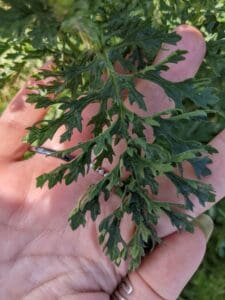
Flowers
The plant produces large, dense clusters of Daisy -like yellow flowers. It has quite a long flowering period from June to November and one plant can produce between 2000-2500 flowers each year.
Habitat
It’s a common plant, it’s classed as a noxious weed and can be found on waste land disturbed ground and woodland edges.
Known Hazards
All parts of the plant are known to be toxic to horses and cattle. It contains many different alkaloids, which can damage cells. Its effects on humans are less well known but it tastes disgusting anyway so its best avoided.
It has been known to cause contact dermatitis in some individuals.
Could be Confused with
Tansy (Tanacetum vulgare) looks very similar at first glance, but the flowers differ on closer inspection. Tansy has flowers that lack ray florets. They look like those fabric buttons that were on sofas in the 80’s rather than Daisy type flowers. The leaves of Tansy are also more fern like.
St. John’s Wort (Hypericum perforatum) also produces bright yellow flowers at the same time of year but this had oval leaves and a larger star shaped flower that has 5 petals.
Notes on Herbal Uses
Although toxic it’s has been used in herbal medicines in the past. Many of its common names refers to its medicinal uses. It’s regarded as having cooling and astringent properties and was used to treat anything from burns, sores and eye infections, mouth ulcers, sore throats, intestinal worms, internal bleeding, menstrual disorders and other female related ailments and to cure a stammer.
In Ancient Rome and Greece it was believed to be an aphrodisiac.
Extra notes from the Foragers
Although off the menu it’s still a really interesting plant and plays a vital role in nature and is one of the top nectar producing plants in the UK. It is home or food to at least 77 insect species. At least 10 rare and protected species including the Cinnabar Moth are dependent on it. That said it is one of 5 plants listed under the provisions of the Weeds Act 1959 which requires the landowner to prevent its spread.
The leaves can be used to make a green dye and the flowers used to produce a yellow dye.
References:
https://www.botanical.com/botanical/mgmh/r/ragwor02.html



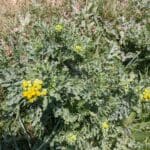
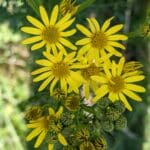
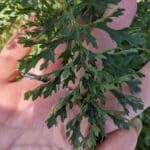
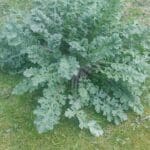
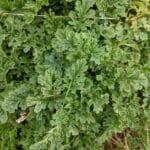
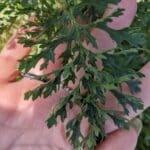
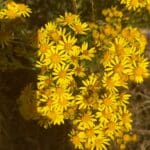
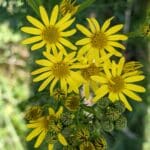
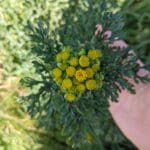



Leave a Reply
You must be logged in to post a comment.